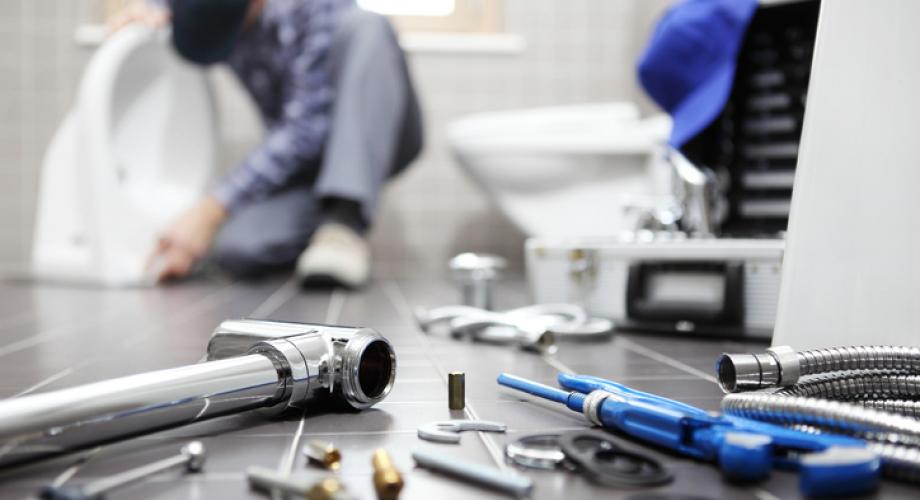A fleet of maintenance techs can provide greater efficiencies and improve onsite service.
For years, independent rental owners have relied on contractors or their own maintenance technicians to service their scattered-site rental homes.
With the advent of GPS tracking technology, one rental housing owner is trying to bring mobile maintenance to his apartments. Mark Hurley, President of Highland Commercial Properties, is testing what he calls a “hybrid” centralized maintenance system on his apartment units and single-family homes in San Antonio.
The system works like this: When the calls come in, Highland dispatches the work to the closest available maintenance technician.
“The truck is their home base and we track them using their phone,” Hurley says. “After the maintenance technicians log in, the phone shows where they’ve been and how much time they spent at a location.”
Hurley’s pickup truck fleet is not a completely new idea. In Lubbock, Texas, McDougal Cos., has relied on pickup-based techs since the late 1980s. McDougal does still employ onsite maintenance staff, but uses these roving technicians—which it dispatches from its corporate office and communicates with via cell phone and two-way radio—to supplement its property-based techs. “If the maintenance technicians could fix a problem onsite or do make ready’s, they would do it,” says Marc McDougal, CEO of McDougal Companies. “Our dispatch service is a back-up for them if the work orders mount.”
McDougal also employs air-conditioning technicians, plumbing technicians and make-ready crews available that operate from their trucks. At one time, it even utilized carpet-cleaning trucks, but has since phased that out. “The equipment needed for carpet-cleaning was so expensive and we decided to go back to outside service providers.” McDougal says.
For its single-family rental portfolio, McDougal relies solely on its mobile technicians. “We have the flexibility when we get in a bind that we can send them an hour-and-a-half away,” McDougal says. “It is not the most cost-efficient way to do it, but when you have a problem, you have a problem.”
Hurley is training his maintenance fleet to develop a wider range of skills. “We are taking our crews and paying for them to get training, not only to become AC-certified, but to learn everything to know about electric repair,” he says. “We are hoping that this training will help them to raise their games.”
For McDougal, employing mobile techs in the skilled trades is a way to control costs and ensure quality service. “When you use a plumbing or HVAC contractor, they will buy a part for $100 and mark it up,” McDougal says. “In addition, your labor costs range from $70 to $75 an hour for plumbing or HVAC technicians. We are being billed at $37.50 an hour. So, while this is not a profit center, it is a way to control costs.” McDougal says his skilled, mobile techs also enable him to offer “Class A” service. “If the air-conditioning breaks, you can have it fixed the same day—normally before 6 p.m.,” he says. “We do get after-hours calls, but we are able to control those. Very seldom do we have a maintenance call that has to be finished the next day.”
Hurley finds improving work efficiency and work-order completion times as one of the biggest benefits he sees from his dispatch maintenance service.
“Our maintenance supply inventory is fed from a central location and we maintain high inventory all of the time,” Hurley says. “This way, maintenance technicians never go to an apartment ill-equipped to do the job, which sometimes means they can’t complete the work order until the next day.”
In this tight labor market, where it can be difficult to find qualified labor technicians, Hurley also sees the opportunity to deploy his current fleet of service technicians more efficiently.
“We don’t want to have a maintenance person waiting around for a work order and then walking from the shop to the apartment and back to the office,” Hurley says. “That’s wasted time.”
by Les Shaver, Editor of Online Publications at NAA
